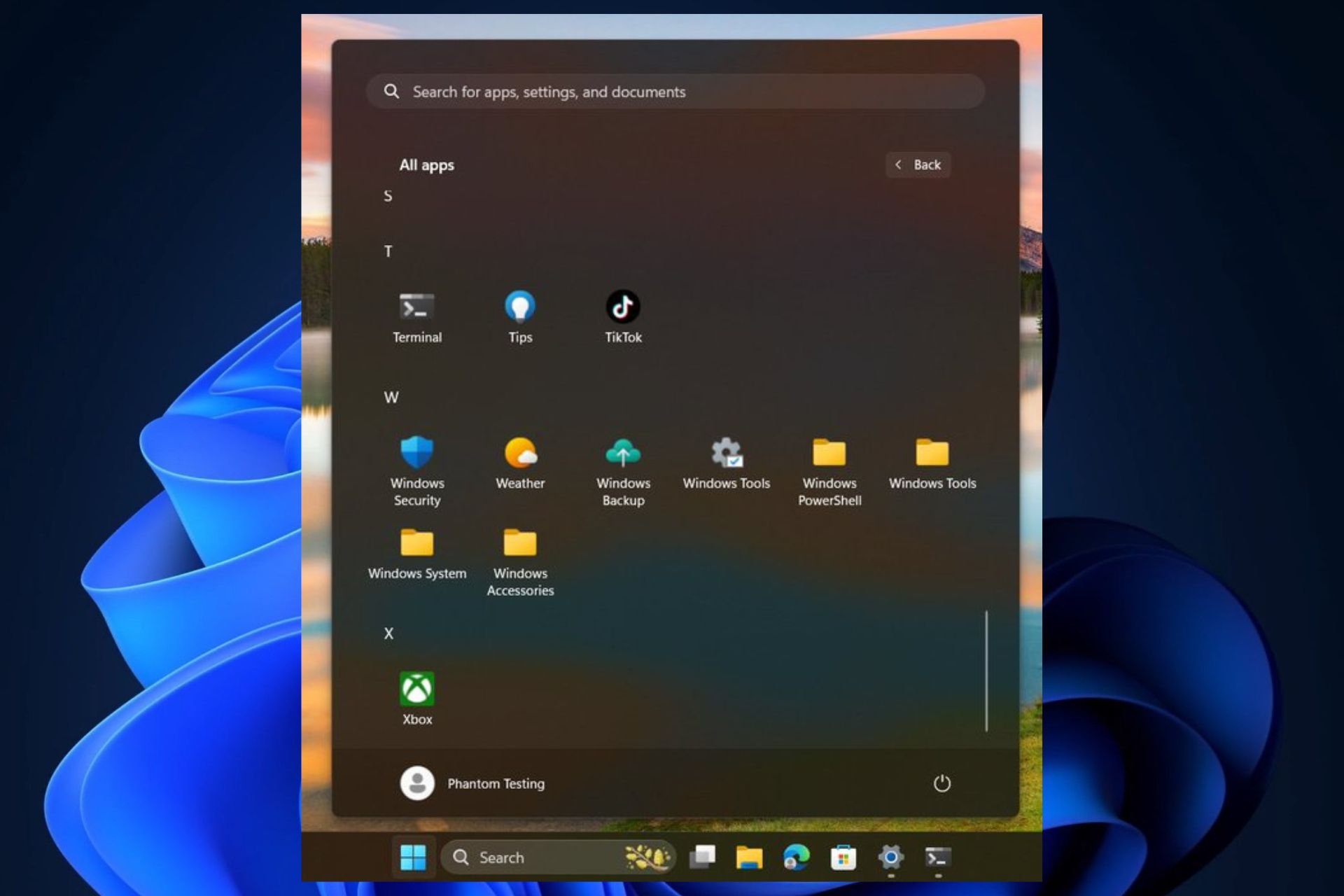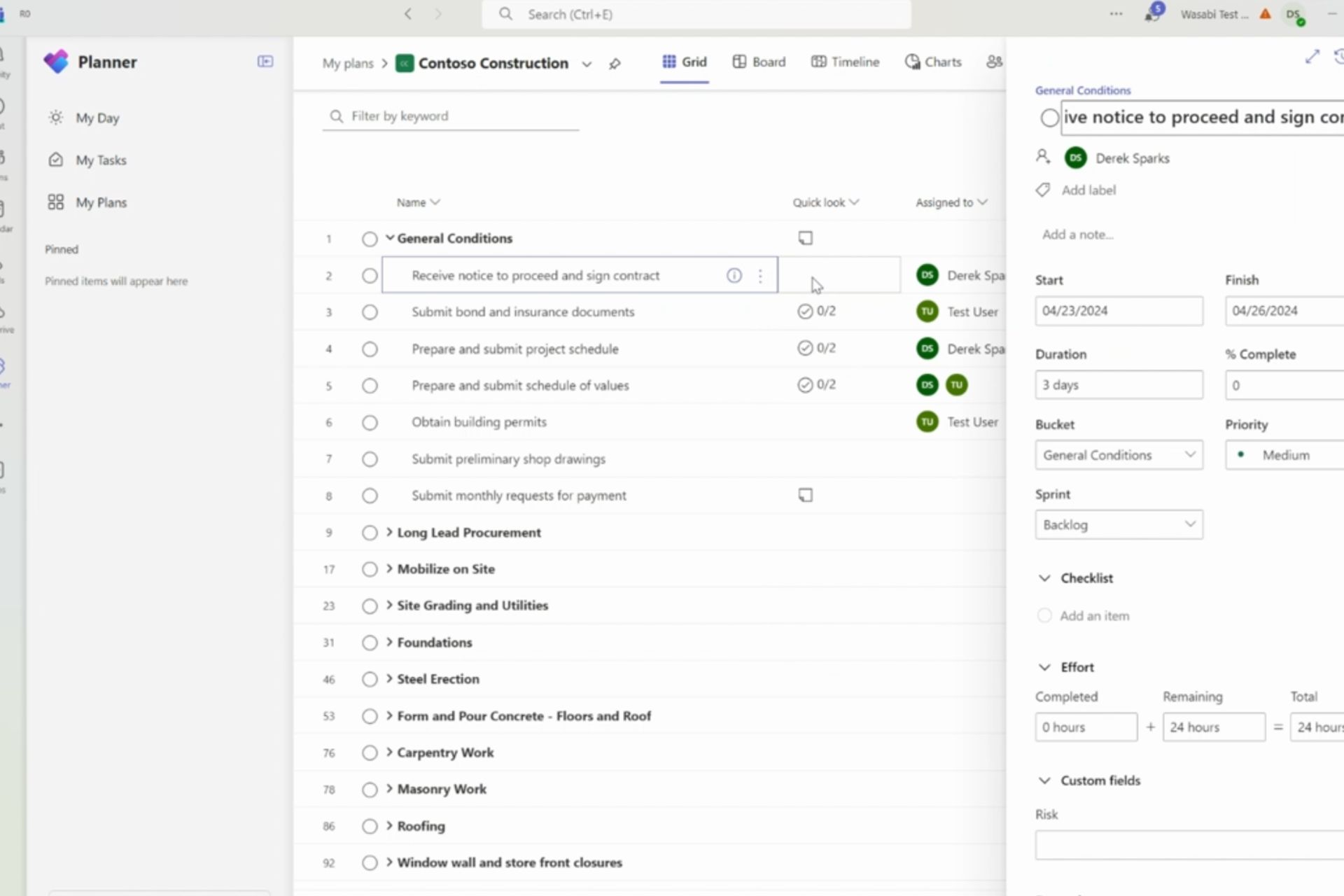Google will use Lacros to split Chrome from the ChromeOS
The browser and the OS will receive separate updates
3 min. read
Published on
Read our disclosure page to find out how can you help Windows Report sustain the editorial team Read more

Chromebooks evolved from simple notebooks with Chrome installed to devices with ChromeOS. In addition, there are some useful features and advantages to using the Google OS. For example, it works on low-cost computers, receives automatic updates, and has good security.
On top of that, it runs Android apps, boots fast, and offers integration with Google services and Android phones. Unfortunately, one of their biggest con is that the browser depends on the OS. To fix this issue, Google created Lacros.
What is Lacros?
Google’s Lacros is a new software architecture that splits Chrome from ChromeOS on Chromebooks. Yet, this doesn’t mean they won’t come with the browser anymore. Instead, with the help of the new feature, Google can update Chrome and ChromeOS separately. This way, Chrome will get new features even after the OS meets the AUE date.
Unfortunately, a downside of Chromebooks is that Google stops updating them after they reach the AUE date. So, their security stops getting any fixes or new features. On top of that, the notebook becomes e-waste, even if you can continue using it. However, Google guarantees ten years of updates for devices released since 2019.
Additional features
Lacros is going to bring more features to Chromebooks. For example, you won’t have to switch between user accounts if you have multiple profiles. In addition, the notebooks will get new Chrome features matching the ones available on the browser for the other devices. Thus, Chrome won’t feel so outdated on Chromebooks compared to other devices.
Another good feature of the Lacros software architecture is that it can bring faster security patches to the browser and the OS because Google won’t have to update them simultaneously. Thus, it will fix the four-week update cycle problem. As a result, Chrome had delays every time developers encountered bugs and issues.
By the way, you can enable Lacros before its official release by heading to chrome://flags/#lacros-only. Afterward, you will have a Restart button at the bottom of your screen. Click it and wait a few minutes until your notebook calibrates.
Ultimately, the new Lacros software architecture will change Chromebooks, especially if Google implements it right. So, we will get updates for Chrome even after the AUE date and during the four-week update cycle if needed. Also, the newer browser updates won’t force developers to improve the OS.
What are your thoughts? Are you going to try the Lacros software architecture? Let us know in the comments.








